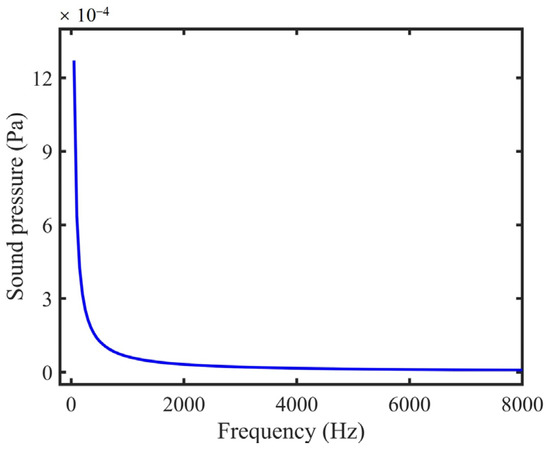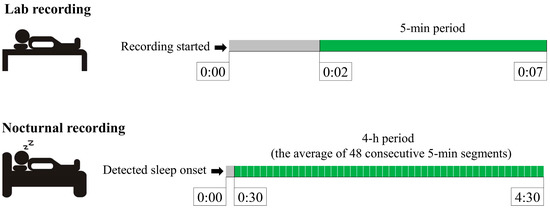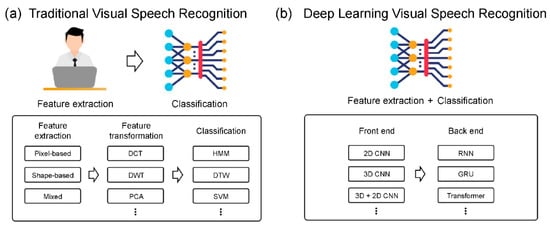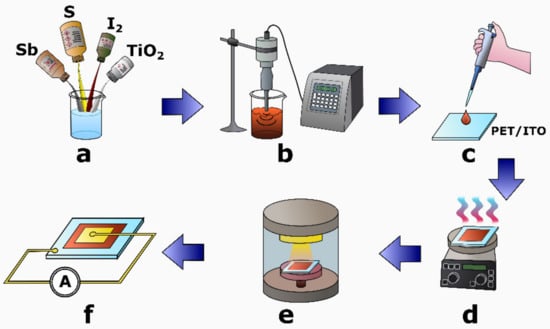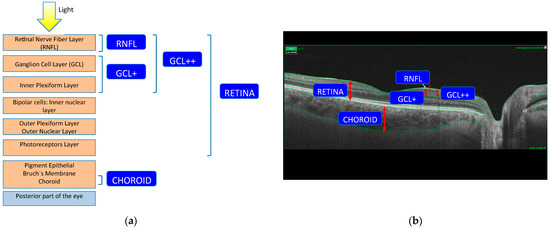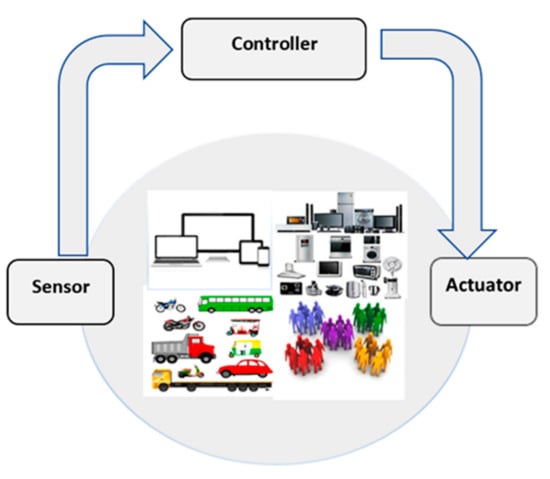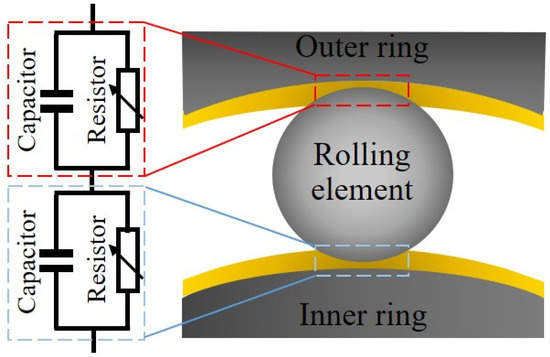Sensors 2022, 22(1), 281; https://doi.org/10.3390/s22010281 - 30 Dec 2021
Cited by 27 | Viewed by 3177
Abstract
The concentration of trace gases in the atmospheric environment is extremely low, but it has a great impact on the living environment of organisms. Photoacoustic spectroscopy has attracted extensive attention in the field of trace gas detection because of its high sensitivity, good
[...] Read more.
The concentration of trace gases in the atmospheric environment is extremely low, but it has a great impact on the living environment of organisms. Photoacoustic spectroscopy has attracted extensive attention in the field of trace gas detection because of its high sensitivity, good selectivity, and fast response. As the core of a photoacoustic detection setup, the photoacoustic cell has a significant impact on detection performance. To improve detection sensitivity, a sphere-tube coupled photoacoustic cell (STPAC) was developed, which was mainly composed of a diffuse-reflective sphere and an acoustic resonance tube. Modulated light was reflected multiple times in the sphere to increase optical path, and photoacoustic (PA) signals were further amplified by the tube. Based on STPAC, a PA gas detection setup was built with a laser diode (LD) at 450 nm as the light source. The experimental results showed that the minimum detection limit (noise equivalent concentration, NEC) of NO2 was ~0.7 parts per billion (ppb). Compared with the T-type PA cell (TPAC) in which the modulated light passed through the sphere, the signal-to-noise ratio of STPAC was increased by an order of magnitude at the same concentration of the NO2 sample.
Full article
(This article belongs to the Special Issue Laser-Spectroscopy Based Sensing Technologies)
►
Show Figures
